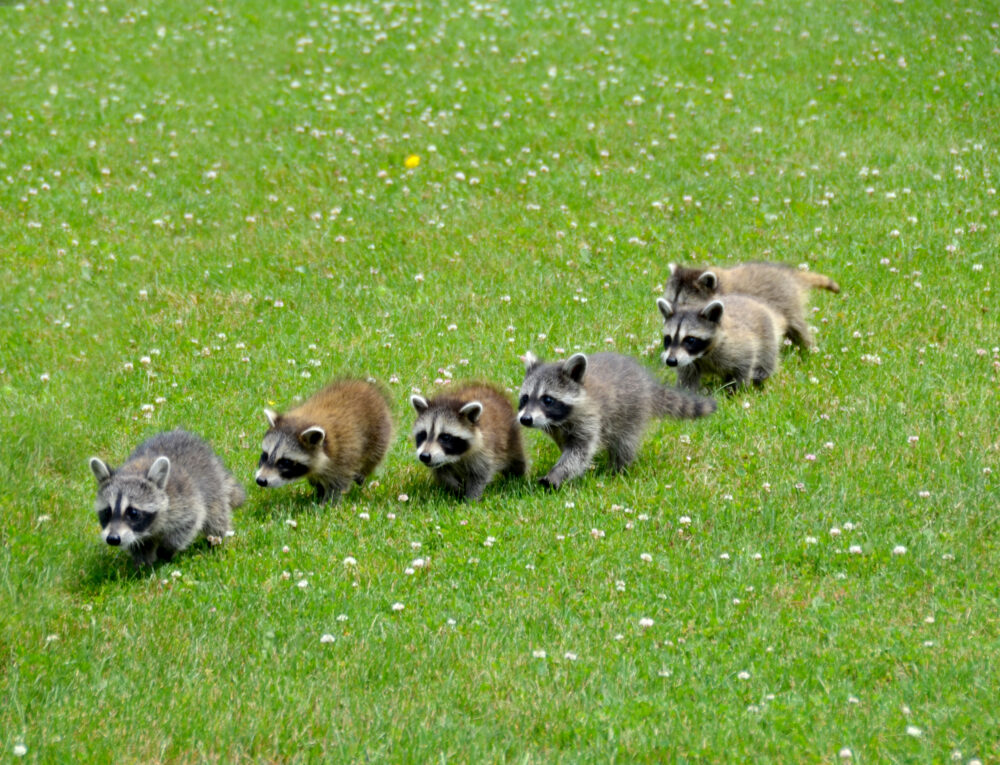We have much more to do and your continued support is needed now more than ever.
Four Tips For Attracting Hummingbirds

Indeed, in recent years, scientists and birders alike have noticed that several of the country’s 21 hummingbird species are showing up earlier, leaving later and ranging more widely than they once did. While the causes of such changes remain a topic of debate, experts agree that there’s never been a better time to entice hummingbirds to visit your garden.
It’s easy to attract hummingbirds to your yard. Here’s how:
1. Hang a feeder.
To prepare sugar water for the feeder, mix one part sugar to four parts boiling water. Never use honey or artificial sweetener. Both can cause a fungal infection in the birds. The addition of red dye is completely unnecessary and may even harm hummers. You can, however, make extra sugar water and store the excess in the refrigerator for as long as two weeks.
Change your feeders’ sugar water frequently, even if no birds seem to be visiting. The “nectar” can spoil quickly, sending a hummer away no matter how hungry it is. Replace the solution every five to seven days during the cooler months, and as often as every two days when summer temperatures remain above 90 degrees F. Rinse the feeder thoroughly—without soap—before refilling. Clean it once a month with a very mild, diluted bleach solution.
2. Fill your yard with flowering plants.
When you choose your plants, consider when they will bloom. One of the keys to luring hummers to your yard, and keeping them there, is to set out annuals and perennials with different blooming periods. By doing so, you’ll be certain there will be a steady supply of flowers in your yard from early spring until well into the fall. In warmer climates, some plants that bloom during the winter months will provide the birds with a year-round source of nectar.
Consider the color and shape of flowers. Almost anything red and tubular is a favorite. Pink and orange are also desirable, followed in descending order by purple, blue and yellow blossoms. As a rule, hummingbirds choose flowers that contain a lot of nectar and just a little fragrance.
Excellent hummingbird plants include native honeysuckles, most varieties of sages or salvia, many types of columbine and perennial penstemons. Other good bets are bee balm or wild bergamot, cardinal flower, trumpet creeper, ocotillo, lupines, scarlet monkey flower and fire pink. Check with a local native plant society or your local nursery to determine which of these native plants will grow best in your part of the country.
3. Avoid insecticides.
While most people think hummingbirds feed only on nectar, the birds feed their young a diet made up almost entirely of small insects. In addition, adult birds need regular doses of protein from mosquitoes, spiders, thrips, gnats and other arthropods. Some hummer lovers go so far as to hang an overripe melon or banana near one of their feeders to attract extra insects. Obviously, using a product that kills insects will also harm the birds.
4. Don’t forget water.
A constant source of water will complete any hummingbird haven. If you have a birdbath, place a couple of flat rocks in it to give the tiny birds a chance to bathe. Or add a drip fountain attachment, available at most garden centers. Running water seems to be a magnet to hummers—they will even fly through the spray of a sprinkler.
May is Garden for Wildlife Month—and the perfect time of year for making your yard more inviting to hummingbirds and other native wildlife!
The photo above of a ruby-throated hummingbird drinking nectar from bee balm was donated by photographer Bud Hensley and entered in the National Wildlife® Photo Contest. To enter your photos in this year’s contest, visit the official contest site.
Sources: “Creating a Haven for Hummingbirds” by Doreen Cubie, National Wildlife, October/November 2002 and “The Hummingbirds of Winter” by Doreen Cubie, National Wildlife, December/January 2011.
 Create a haven for hummingbirds and other critters in your own backyard and have it designated as an official Certified Wildlife Habitat site. Certify in the month of May and we’ll plant a tree in your honor!
Create a haven for hummingbirds and other critters in your own backyard and have it designated as an official Certified Wildlife Habitat site. Certify in the month of May and we’ll plant a tree in your honor!






















